Our first stop, as always, was the Visitor Center, where there are exhibits about the building of the fort and the battle that occurred here April 10-11, 1862.
After the War of 1812, President James Madison adopted coastal fortification system that involved building 30+ forts from Maine to the Mississippi River (along the Gulf Coast). There were intended to have greater structural durability than previous forts. Almost all of the forts built during this time still exist today, including Fort Pulaski. It costs $1M, built with 25M bricks over 18 years. Many considered it invincible due to its 7’ thick walls, moat, and armaments.
The entrance to the fort was protected by a demilune (French for “half moon’) surrounded by a moat. During the Civil War it was waist-high with gun platforms on top.
Before entering the fort, we hiked the Lighthouse Overlook Trail (1.5 mi) to catch a glimpse of the Cockspur Island Lighthouse. The park is dog-friendly, so we wanted to enjoy the outdoors with our girl, Sadie, before entering then fort. The trail leads to the Savannah River and the Fort can be seen in the distance.
Sadie had a blast sniffing around crab shells and chasing little fiddler crabs.
The Cockspur Lighthouse was originally built in 1848 to mark the entrance to the South Channel of the Savannah River. Destroyed by a hurricane in 1854, a larger replacement was built on the foundation in 1855. It has survived the bombardment of Fort Pulaski in 1862 and many more destructive hurricanes. The shipping routes shifted to the North Channel of the river and the lighthouse was decommissioned in 1909. It was transferred to the National Park Service in 1958.
The tiny black dots in the marshy land are thousands of fiddler crabs. They were everywhere! We also saw this large grasshopper on a palm tree.
As we made our way back to Fort Pulaski, we saw the damage from the 30 hours of bombardment by the Union batteries on Tybee Island beginning April 10, 1862.
Unbeknownst to the Confederacy, the Union had 10 rifled cannons (new technology at the time) that dramatically improved the accuracy and range of their artillery. A structure that was once considered impenetrable, gave way under the 30-hour bombardment. The Confederate commander realized that the 40,000 pounds of gunpowder in the main magazine (below) would destroy the Fort Pulaski and everyone in it, if it took a direct hit.
This led to Colonel Olmsted’s decision to surrender. From this vantage point you can see where the breached wall was rebuilt by the Union troops after they took control of the fort. Also shown is a cannon ball still “stuck” in the exterior wall.
A moat (7’ deep) around the moat was fed by the Savannah River through a canal built by the military.
A drawbridge with heavy doors was the entry point to the fort.
The Confederates built a blindage (covered walkway) to protect troops against incoming fire. At that time it was constructed around the entire interior of the fort.
Ten cisterns (200k gallon capacity) captured rainfall through pipes from the roof to provide fresh water to the troops.
This area was the Southwest Magazine when the Confederates occupied the fort, but was use to confine them after the fort fell to the Union Army.
This device was used to lift the heavy cannons onto the artillery carriages.
Multiple cannons are on display on the second level of the fort. The carriages for the cannons were made by the Phoenix Iron Works in Philadelphia. Weighing 13,000 pounds, it fired 100 pound projectiles with a range of 8,500 yards.
Visiting this place was so much fun! We loved that it was dog-friendly and the hike to the see the Cockspur Island Lighthouse was a nice bonus. Learning about the architecture/construction of the fort; and, the effect of the new rifle cannons used to bombard it, was very interesting.
For additional information about Fort Pulaski, go to www.nps.gov/fopu.
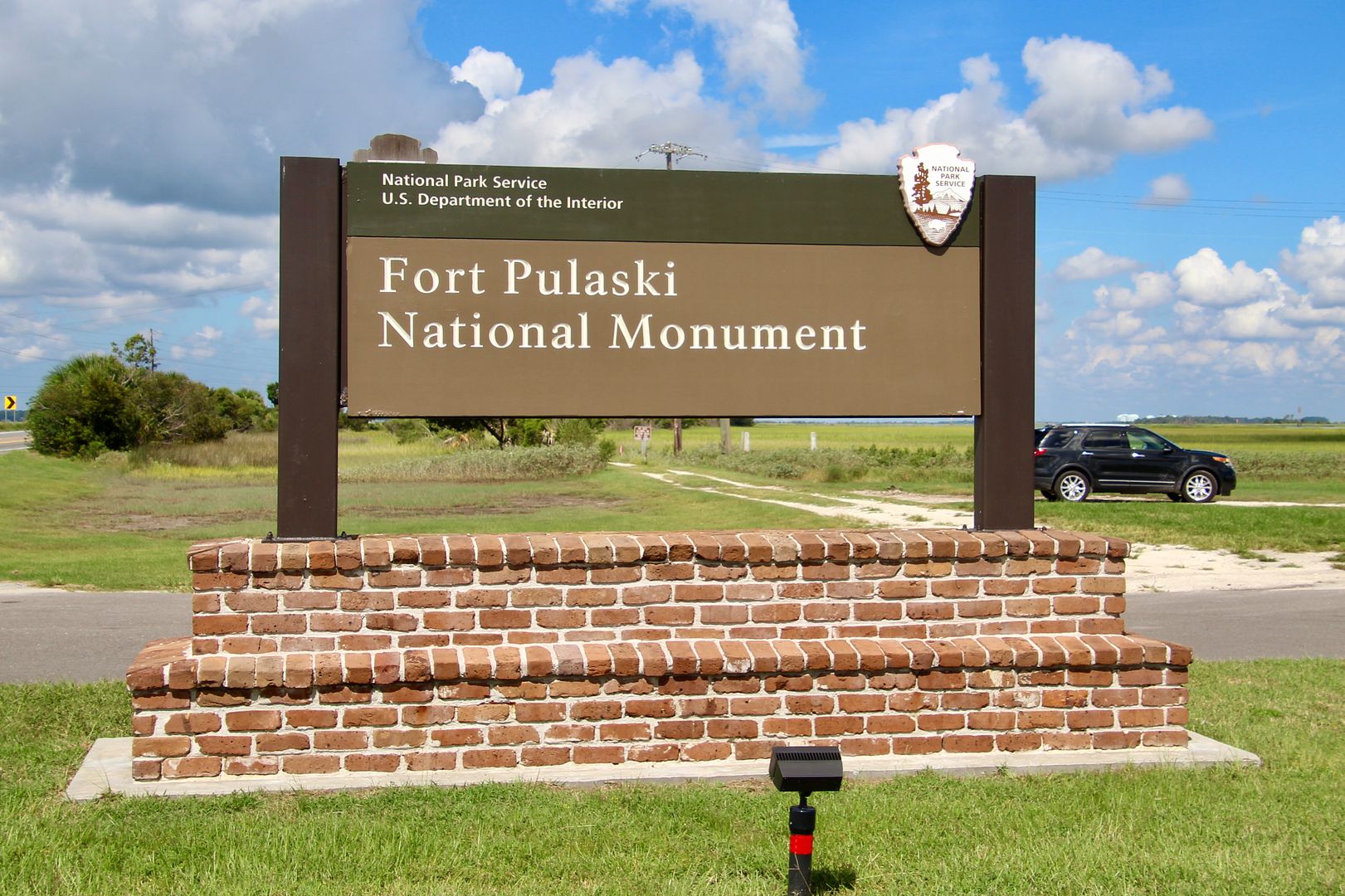
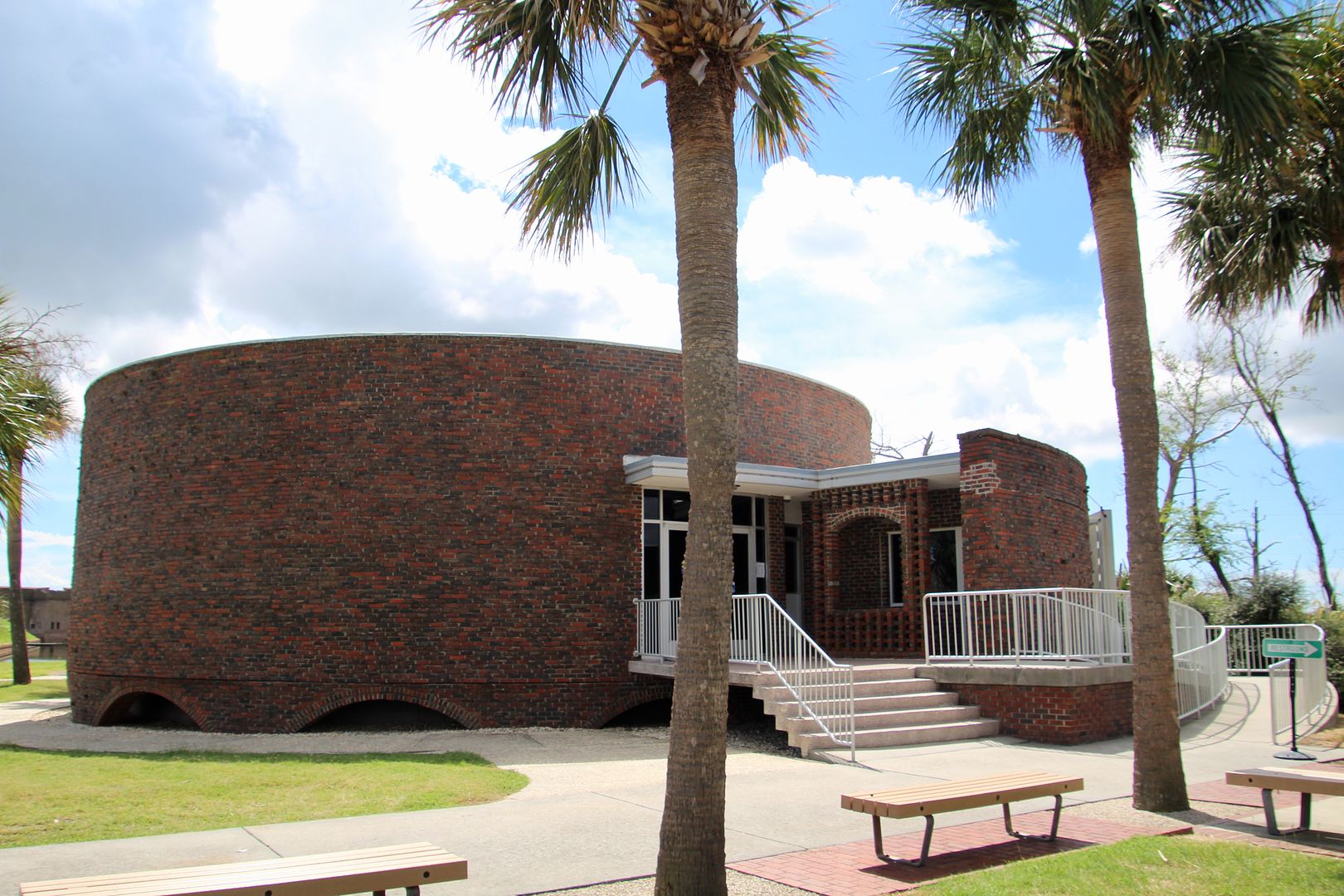
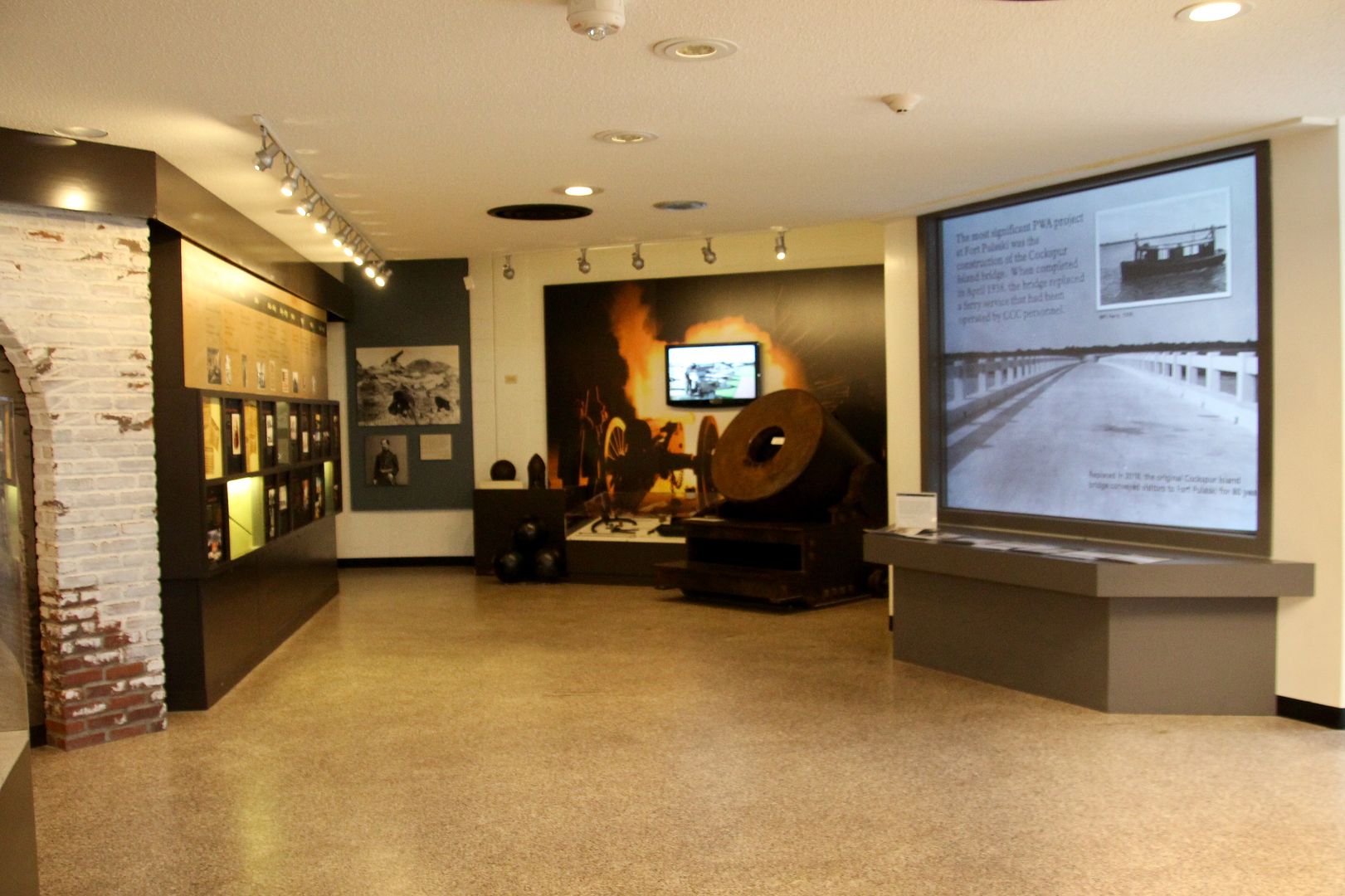
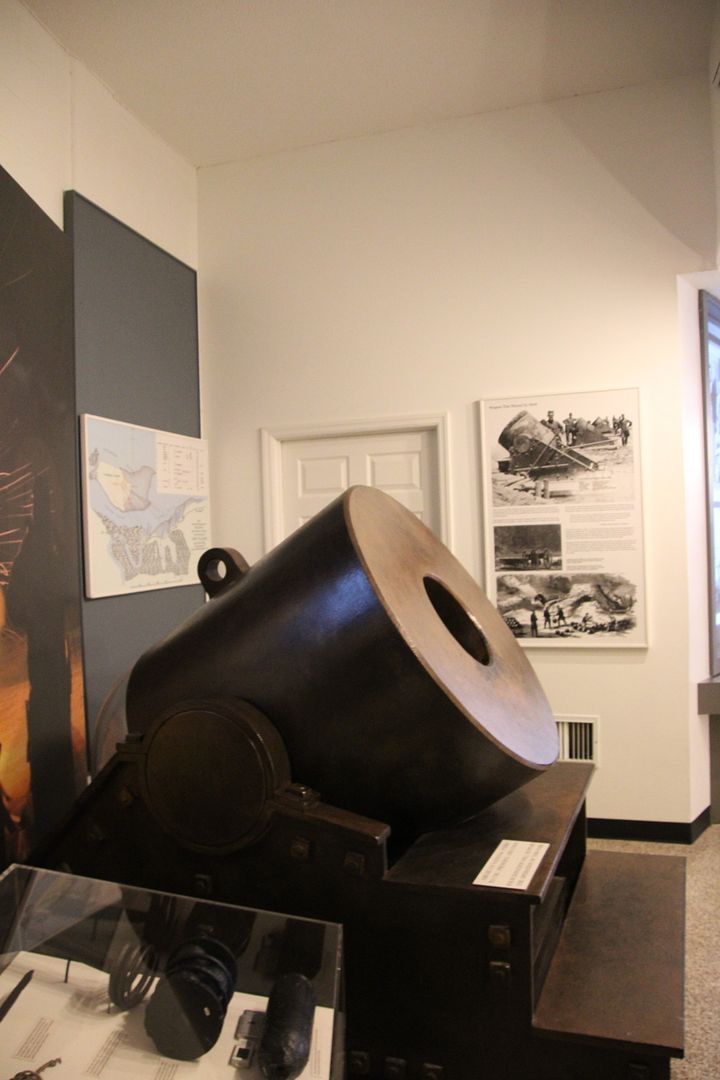
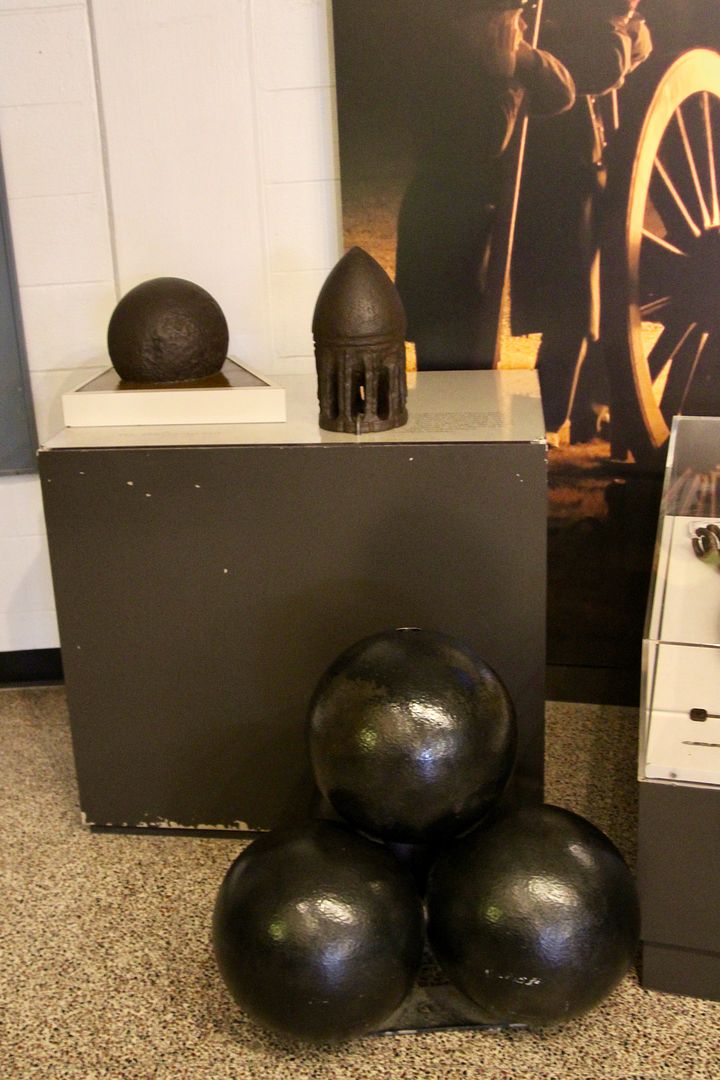
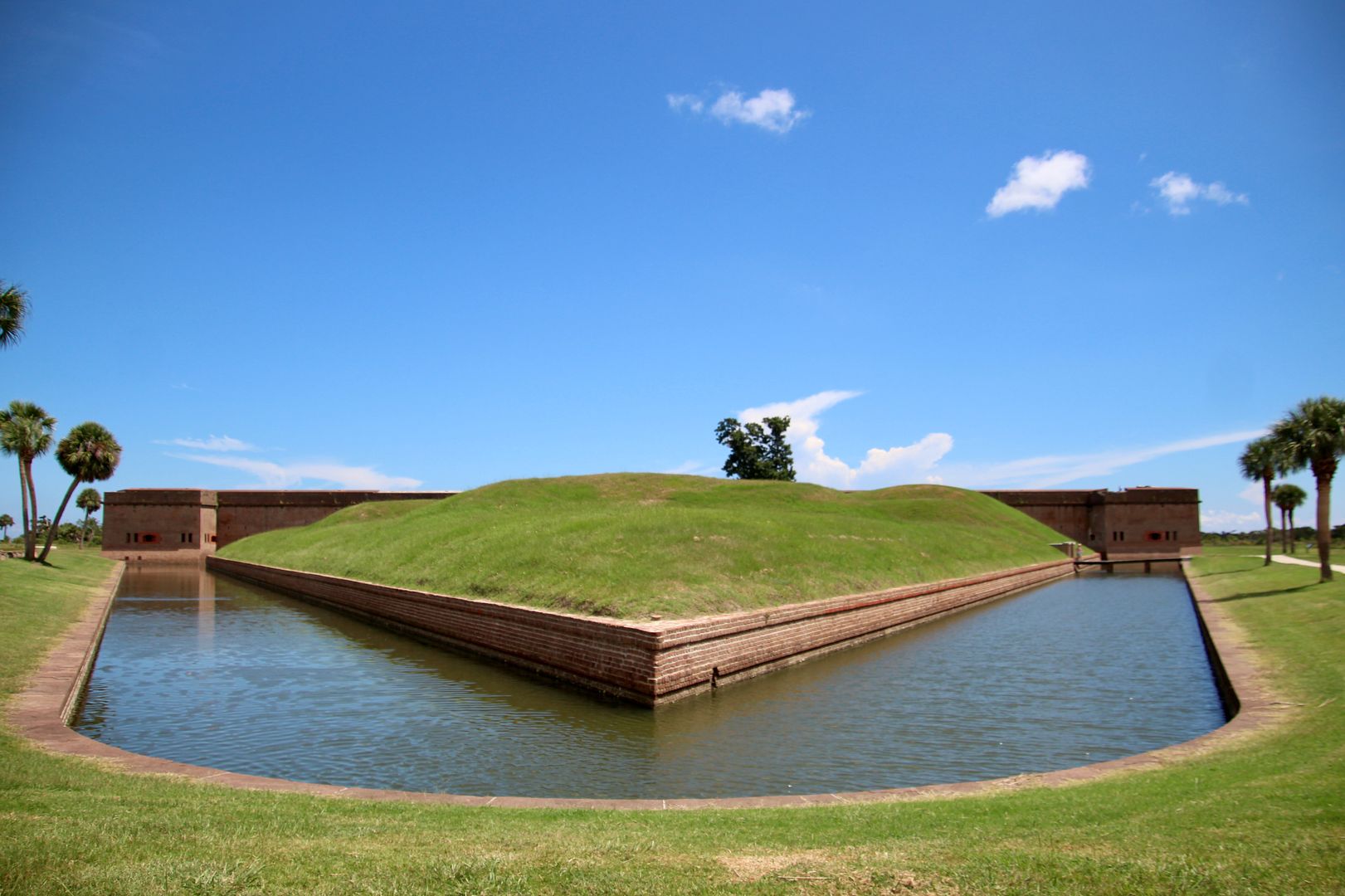
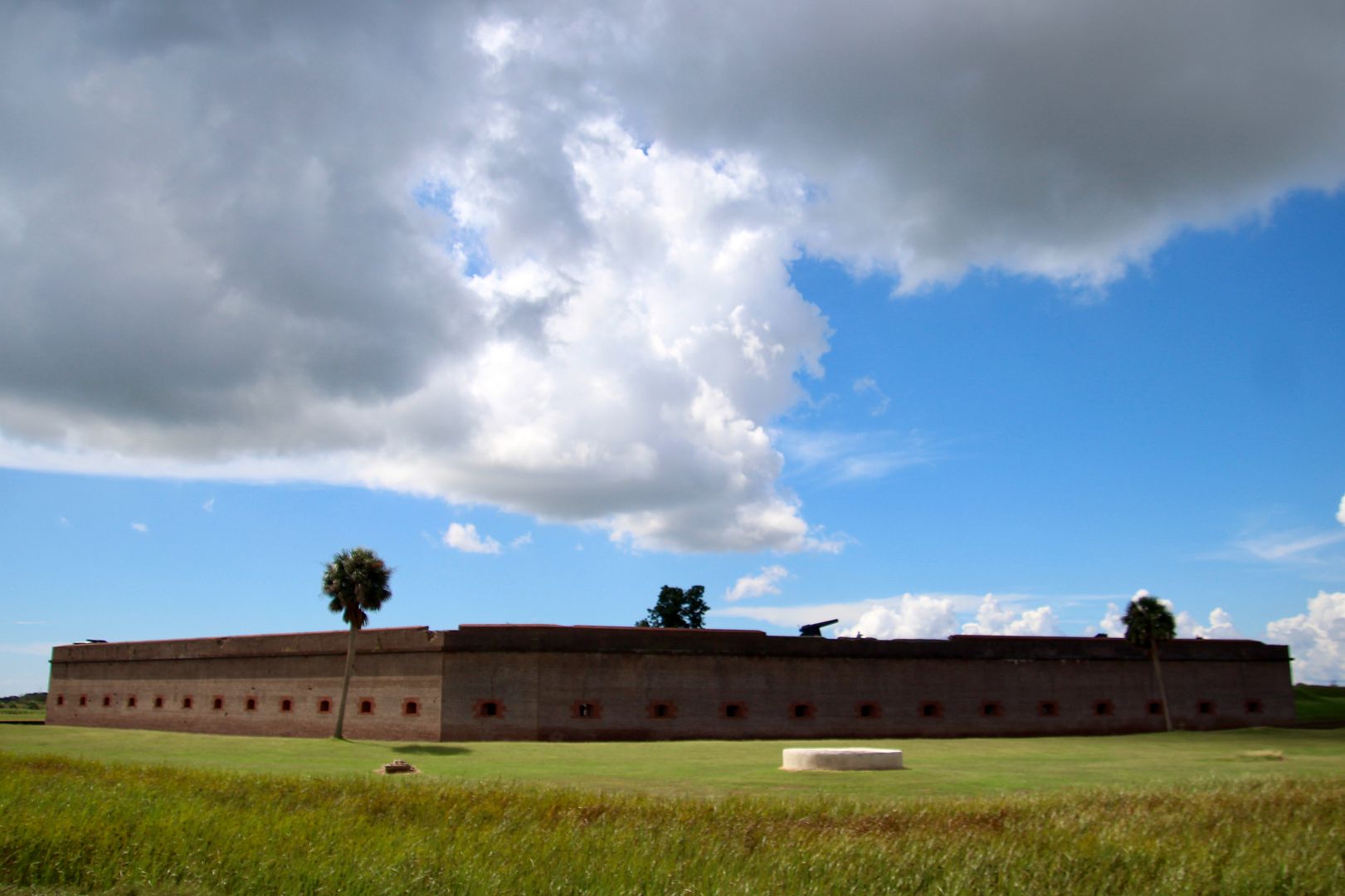


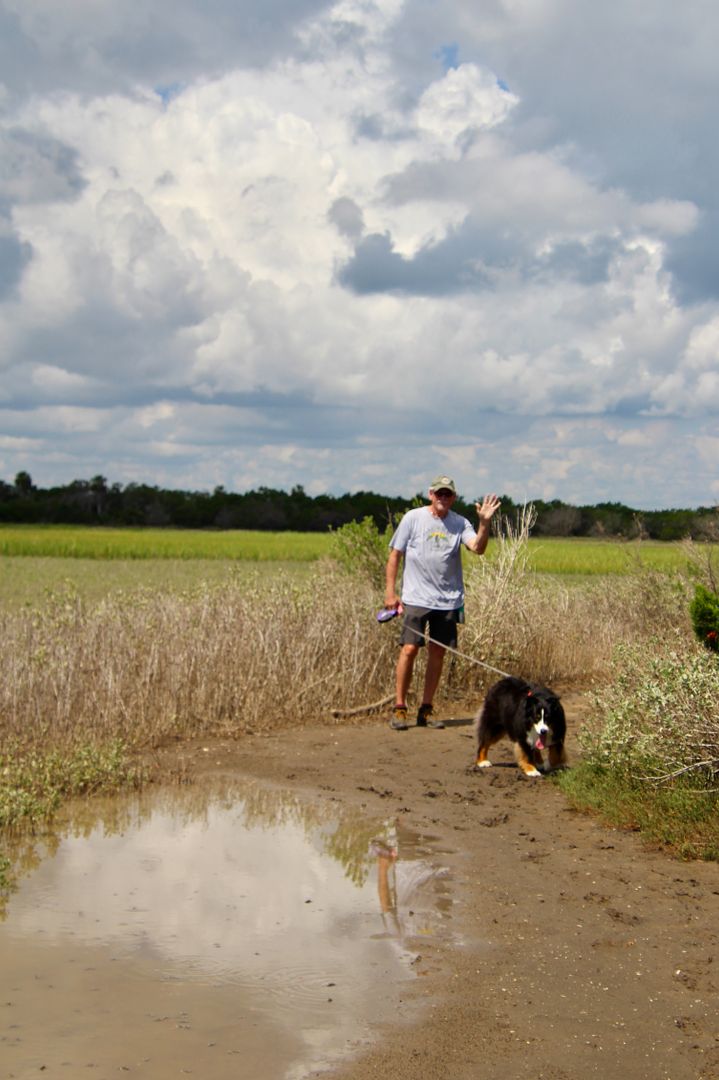
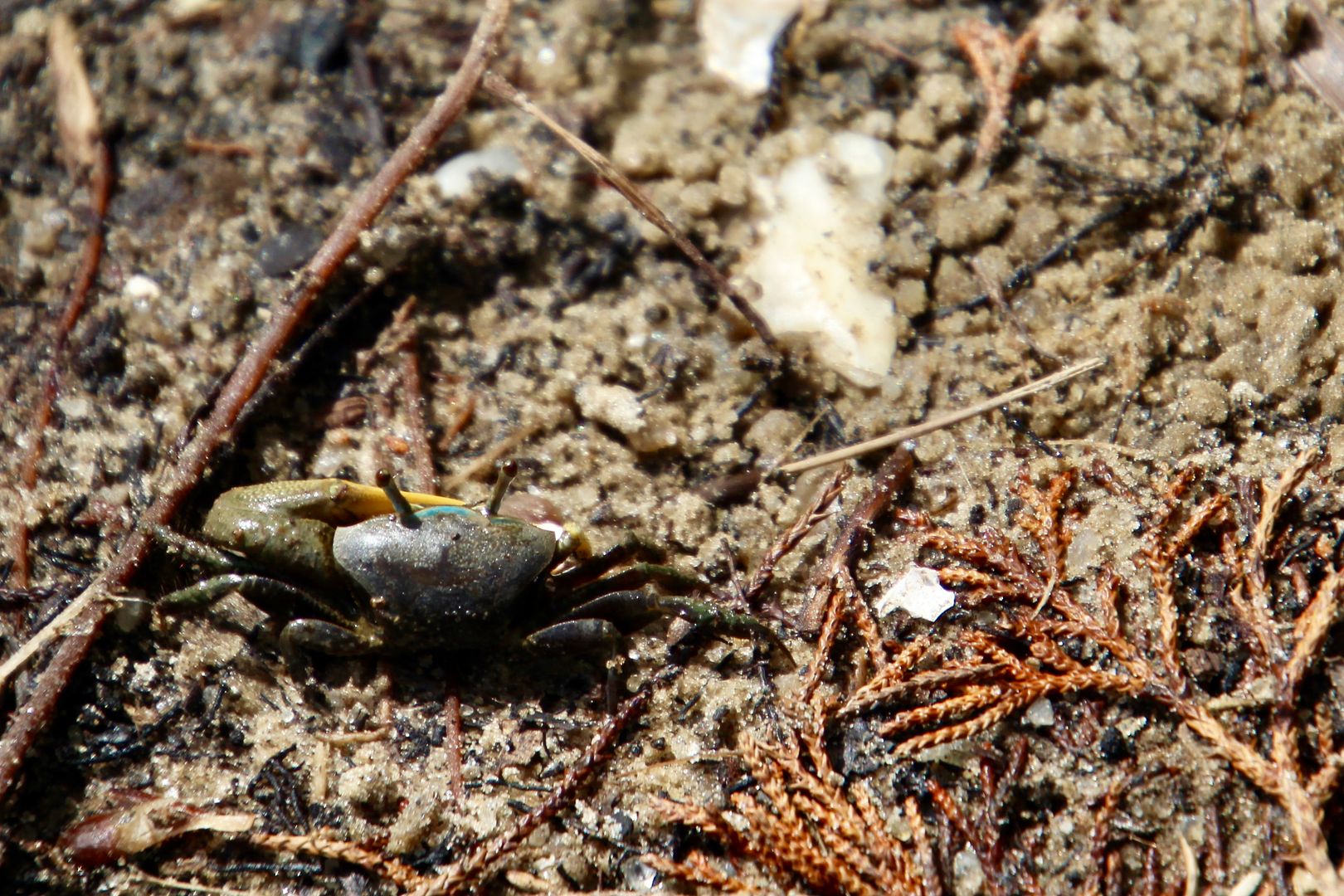
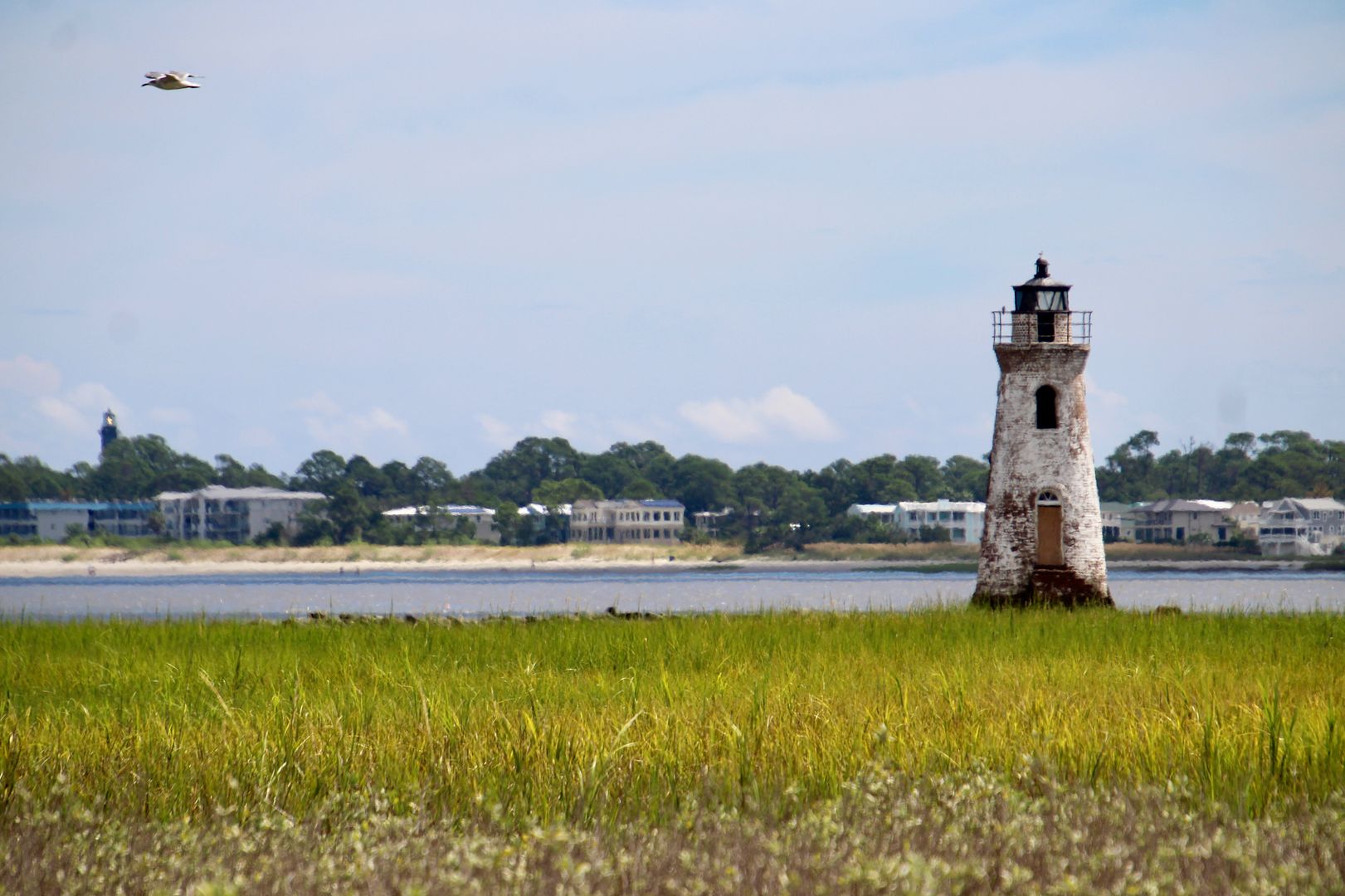
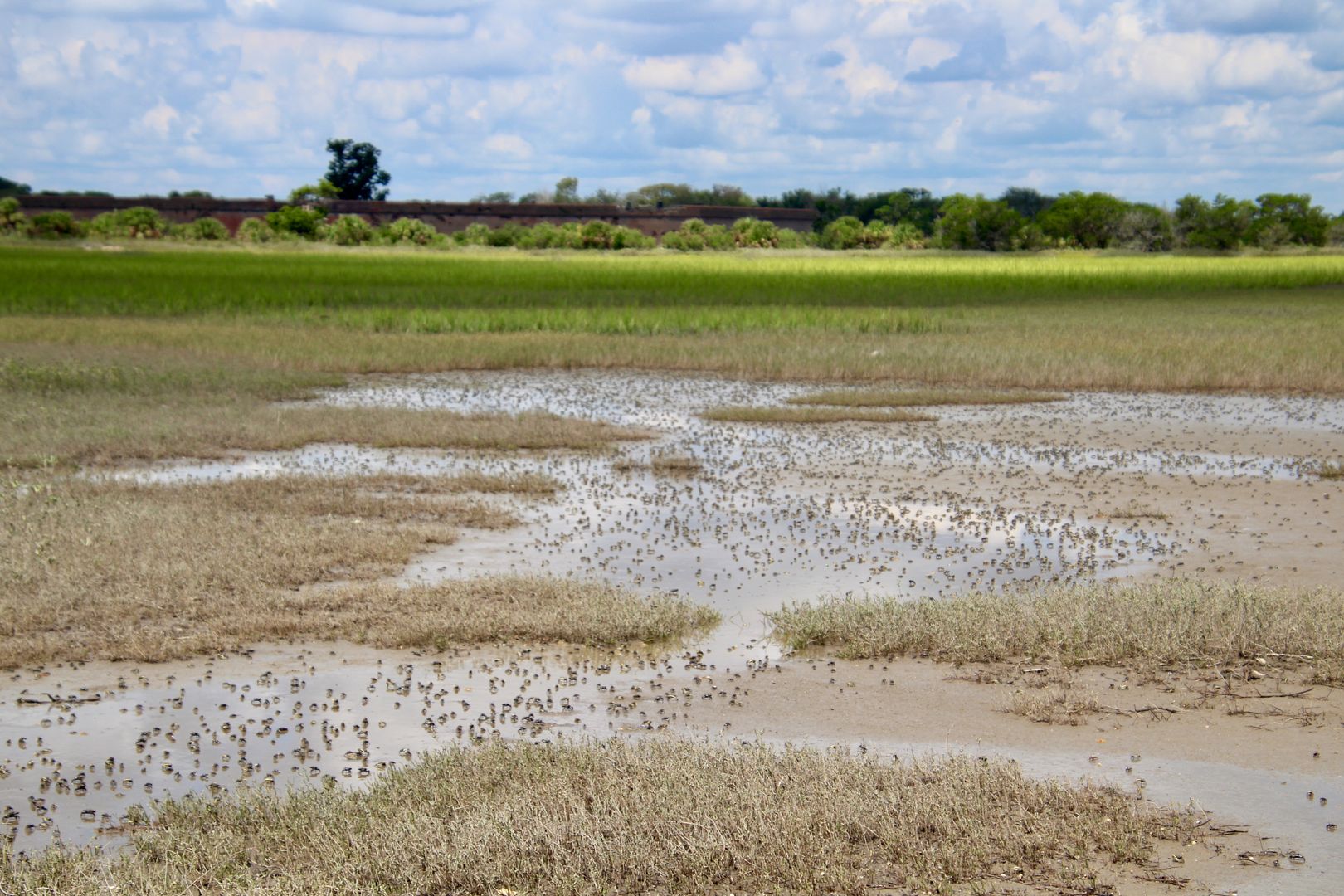

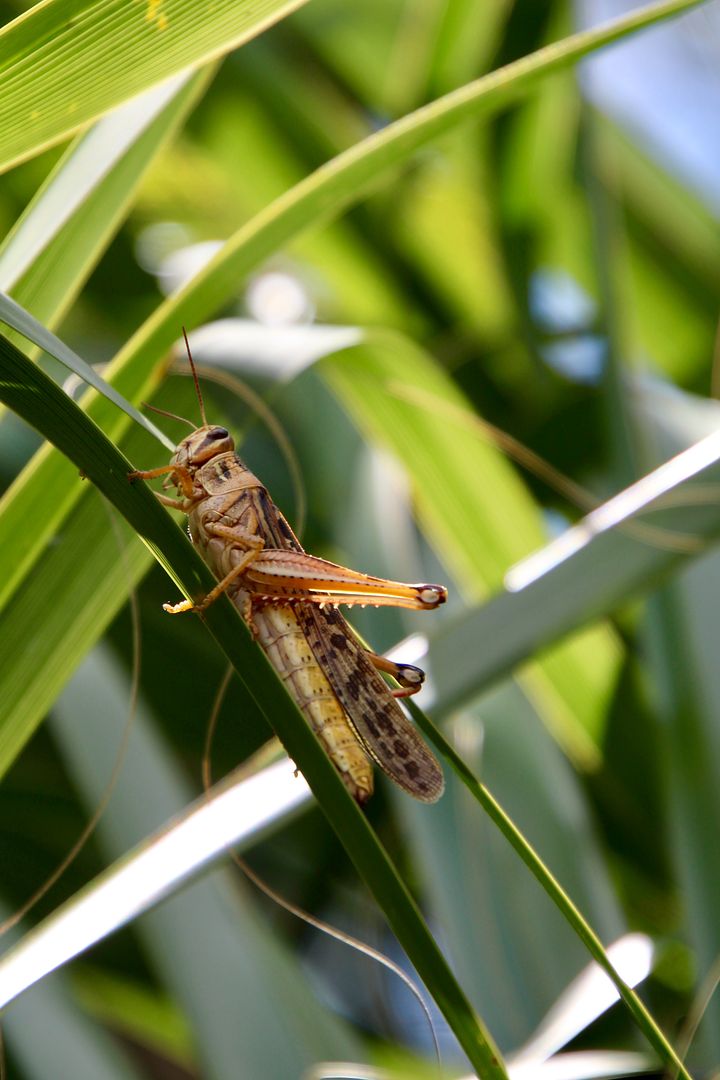
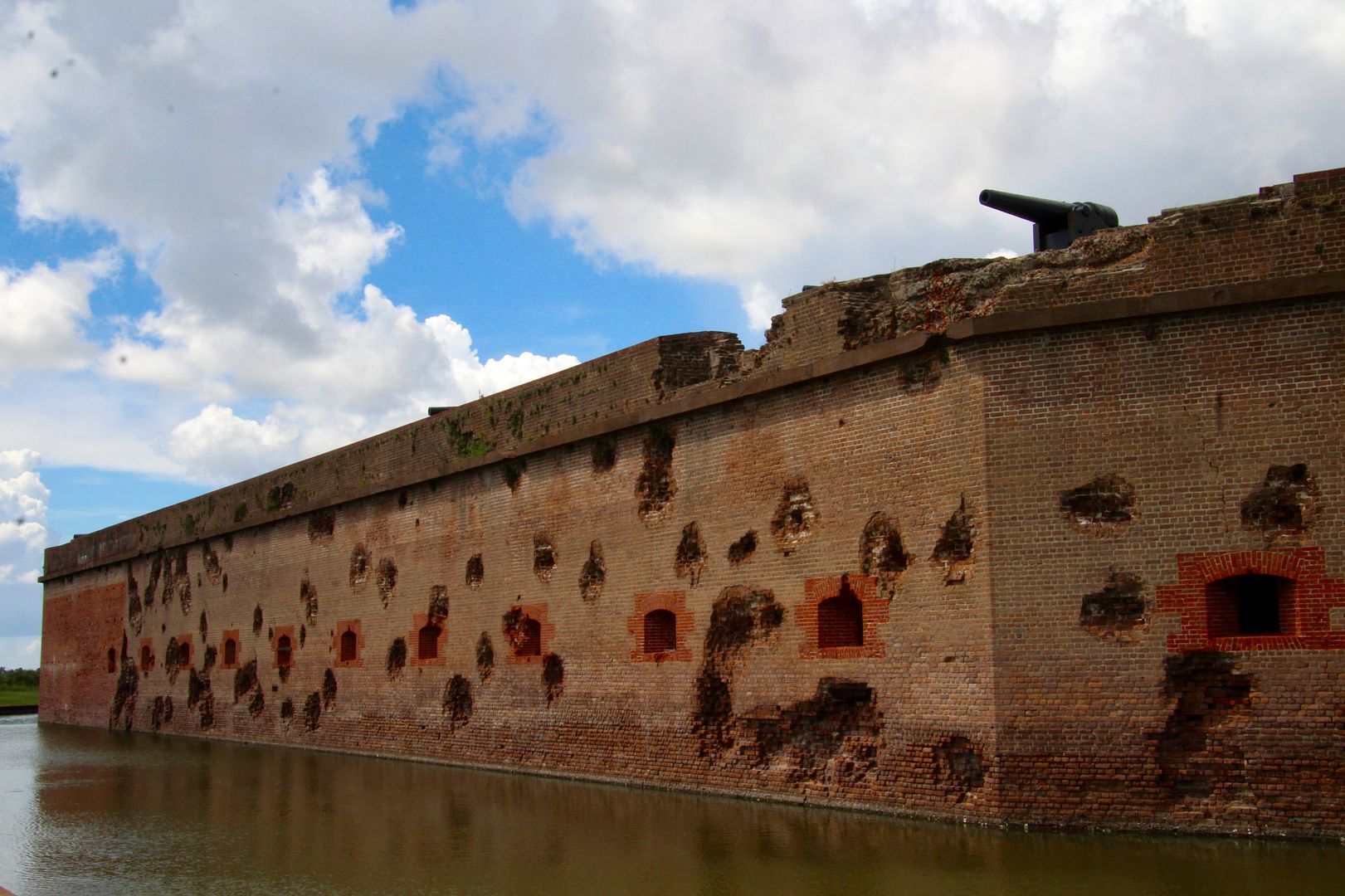
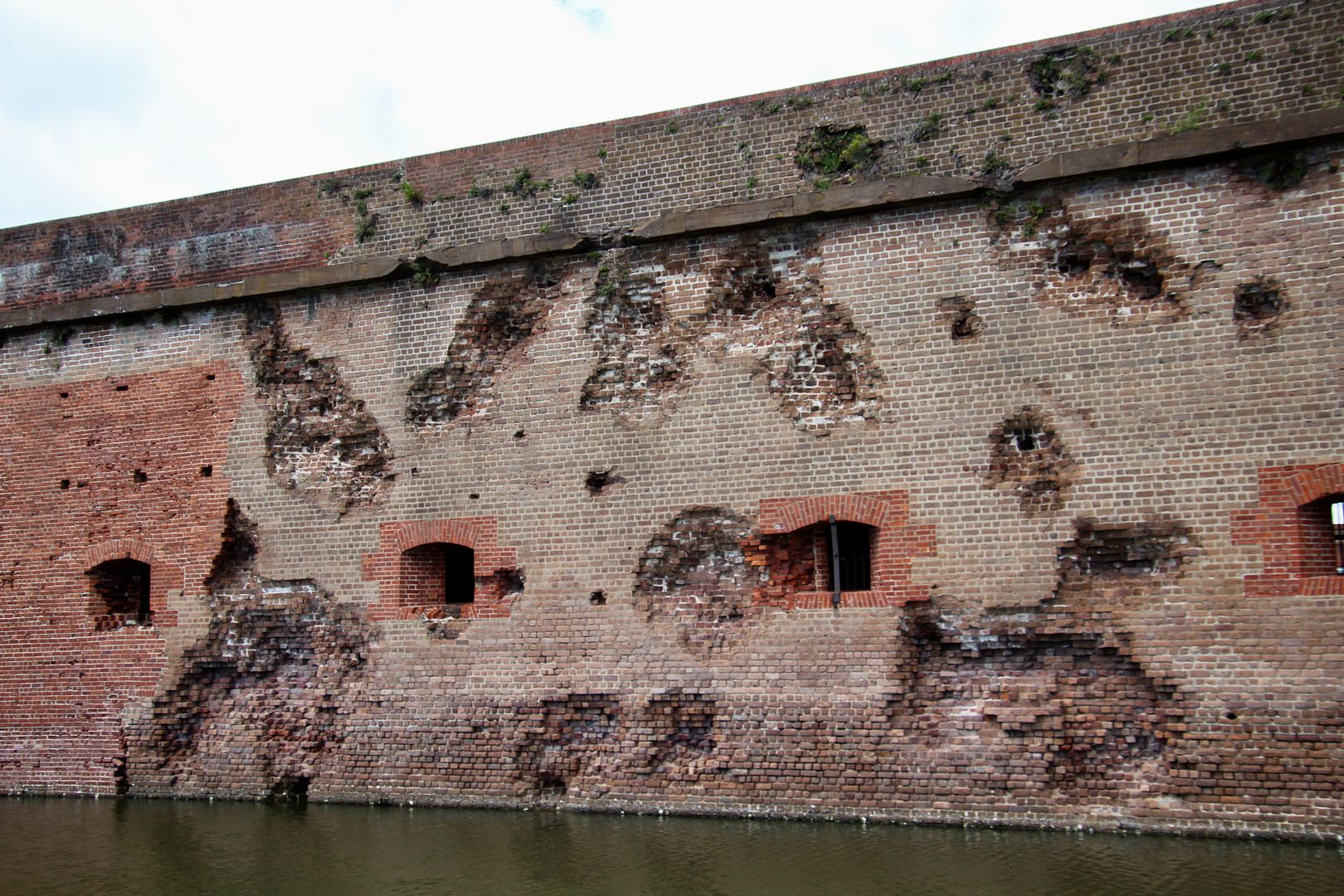
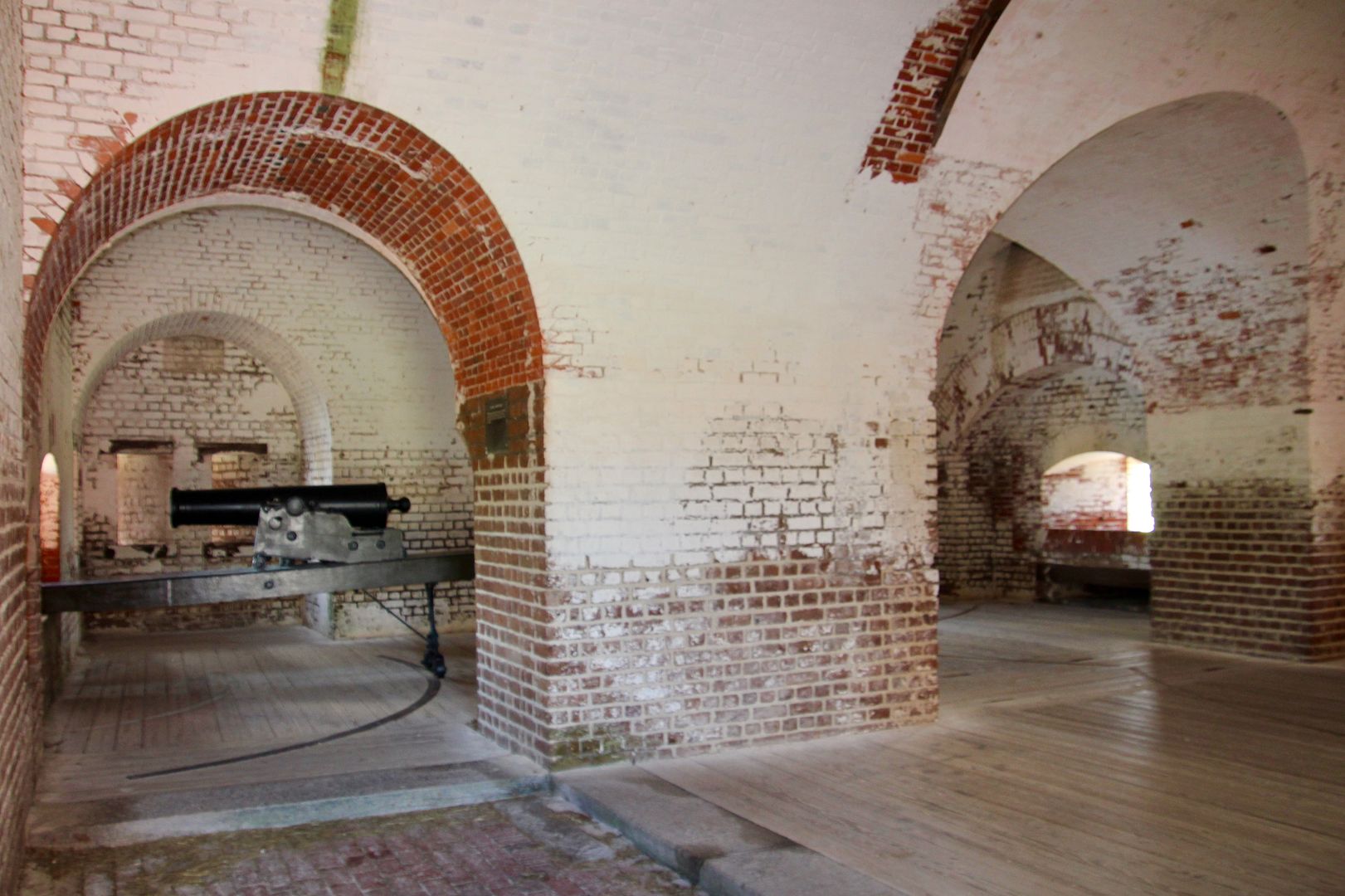
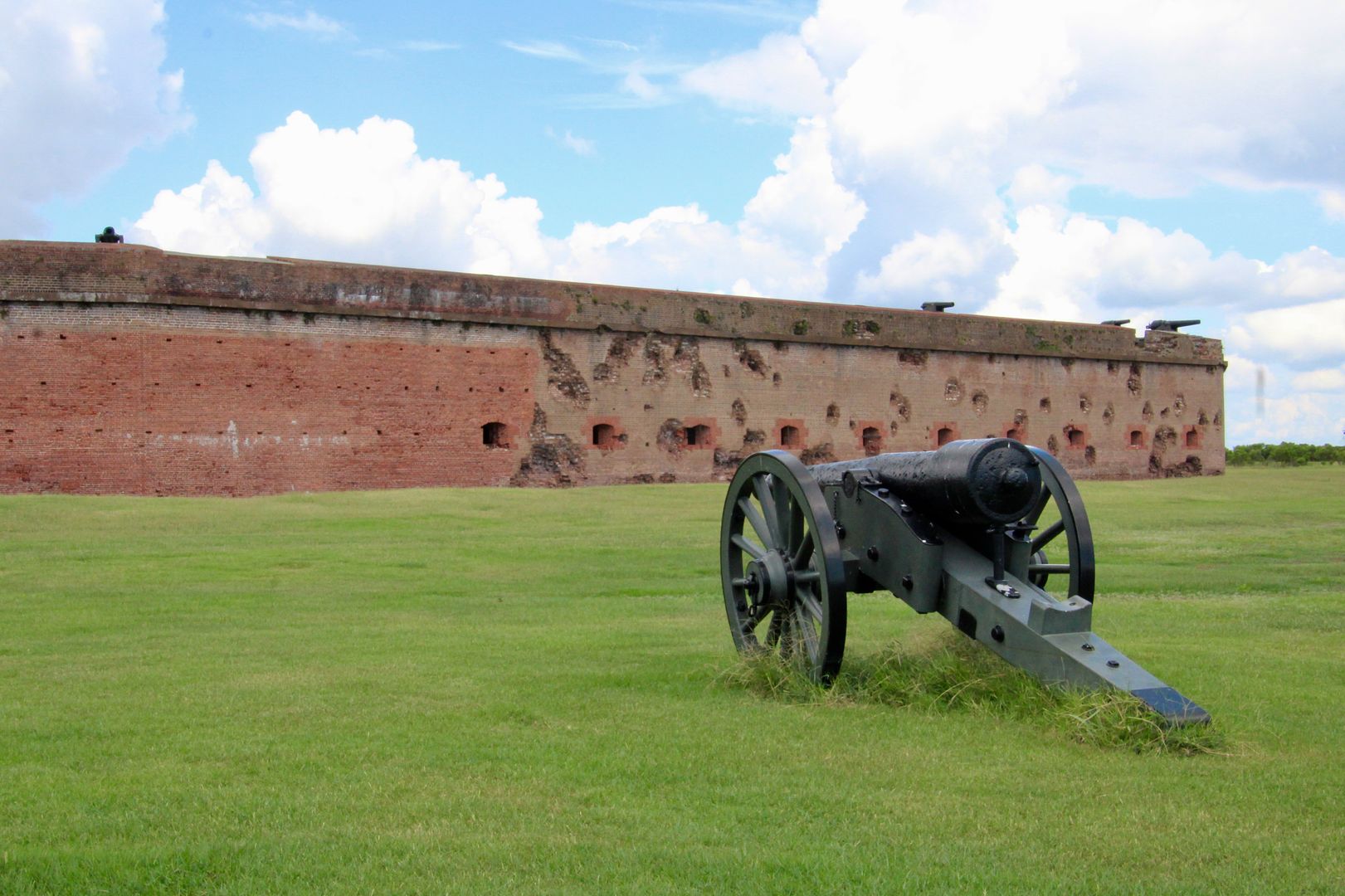
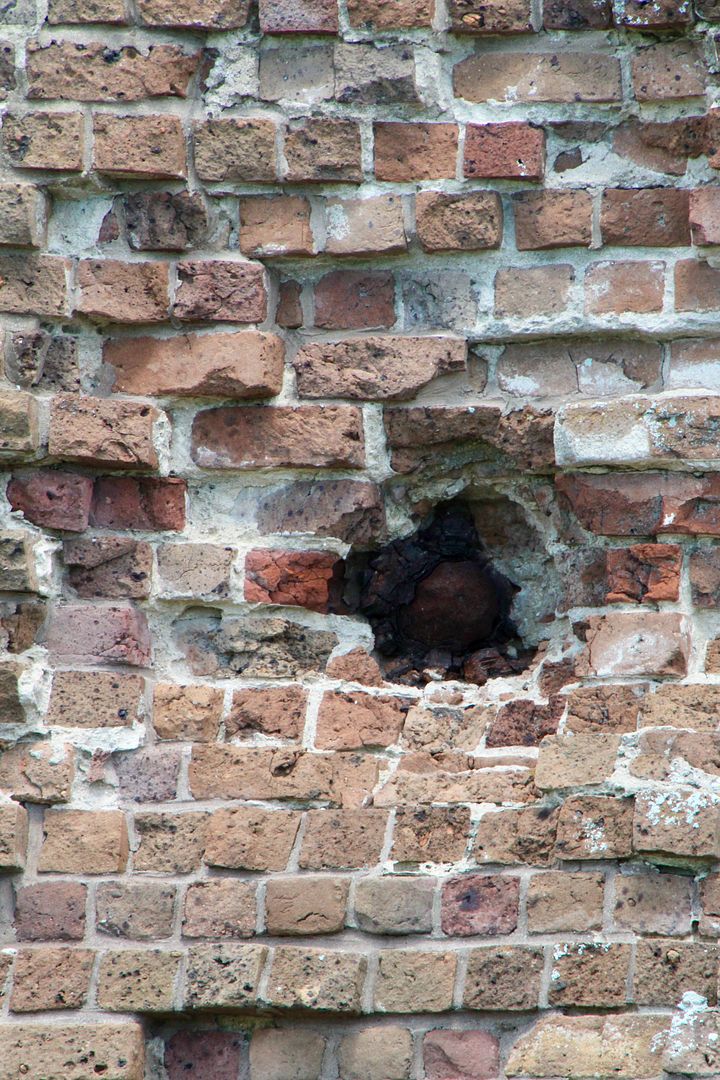
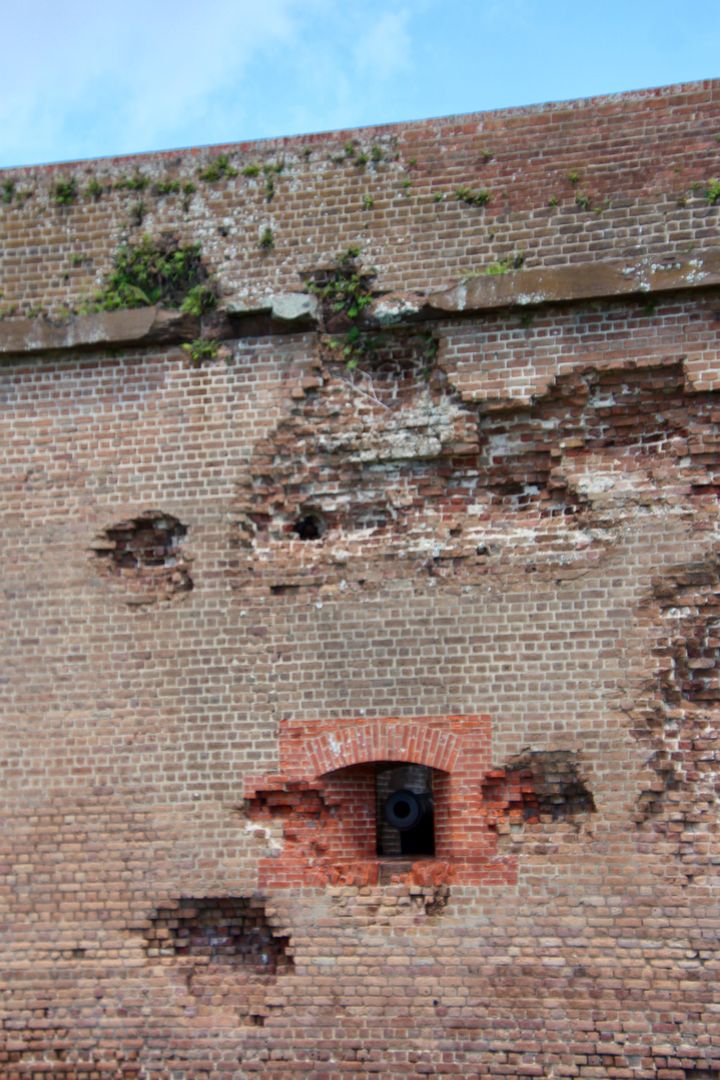
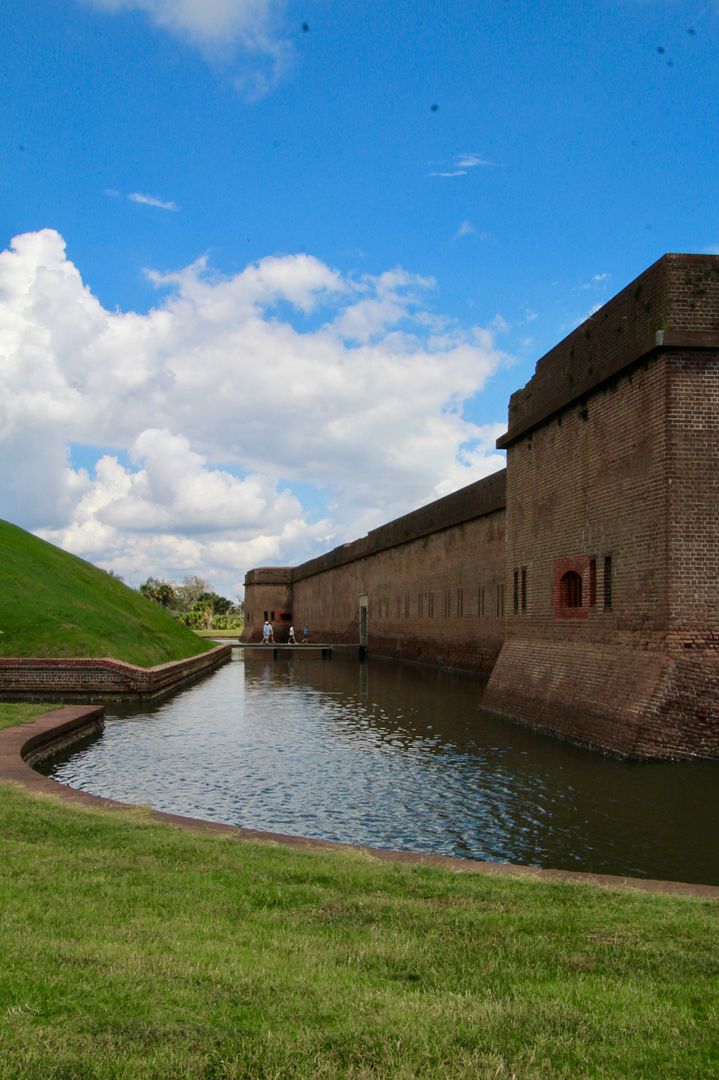
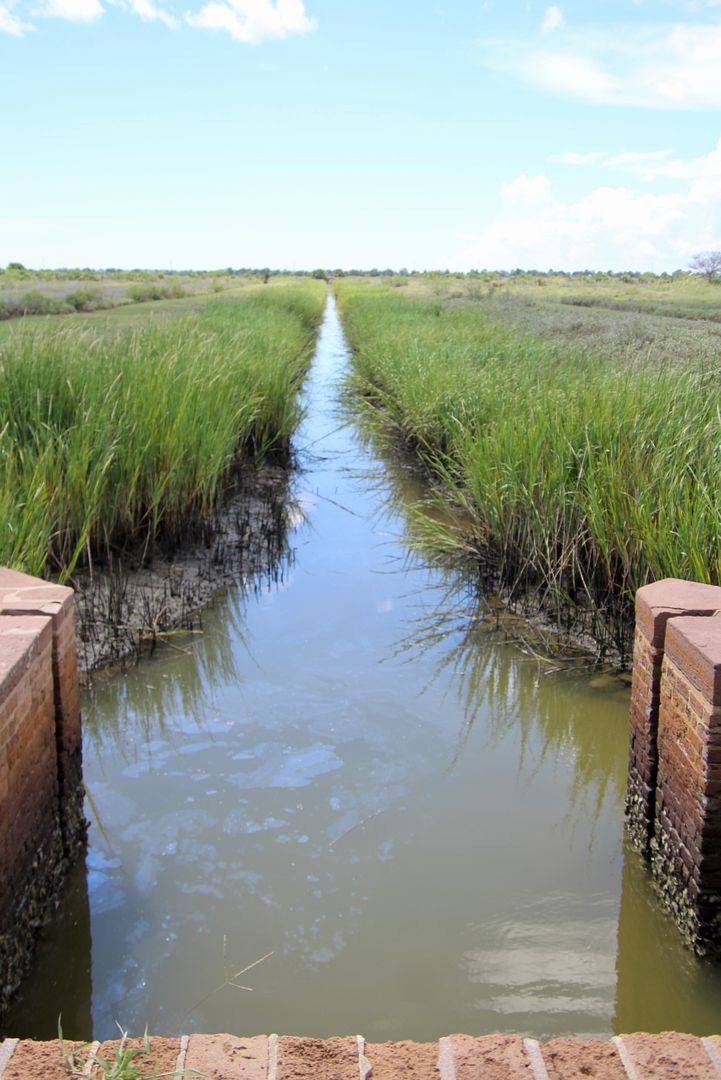
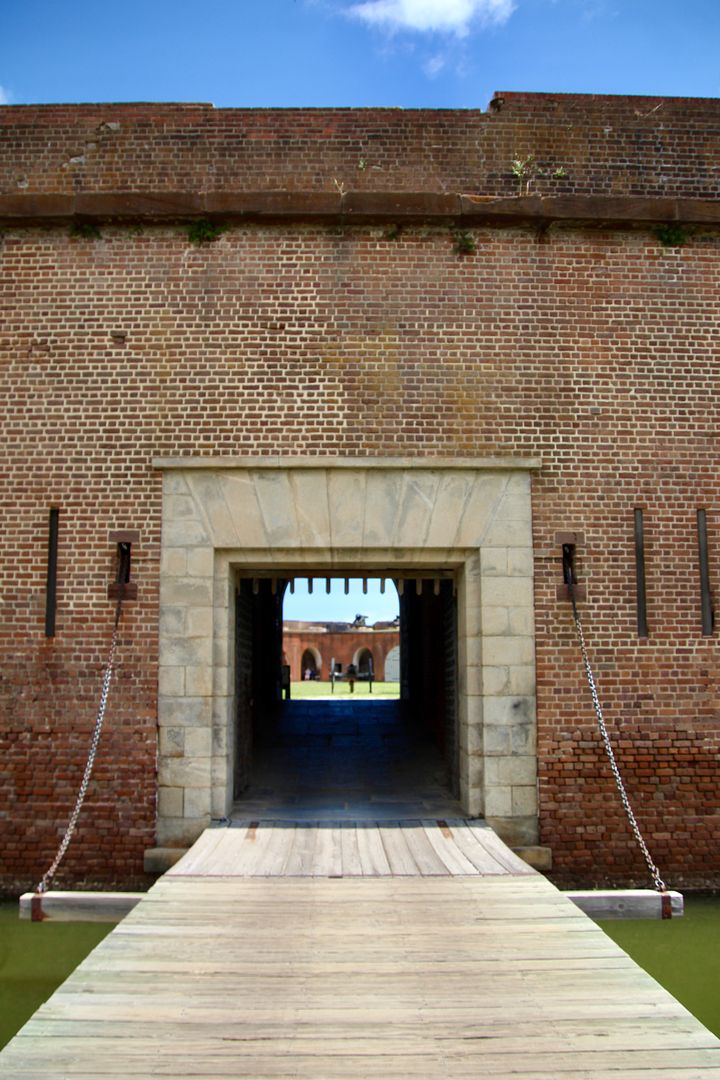
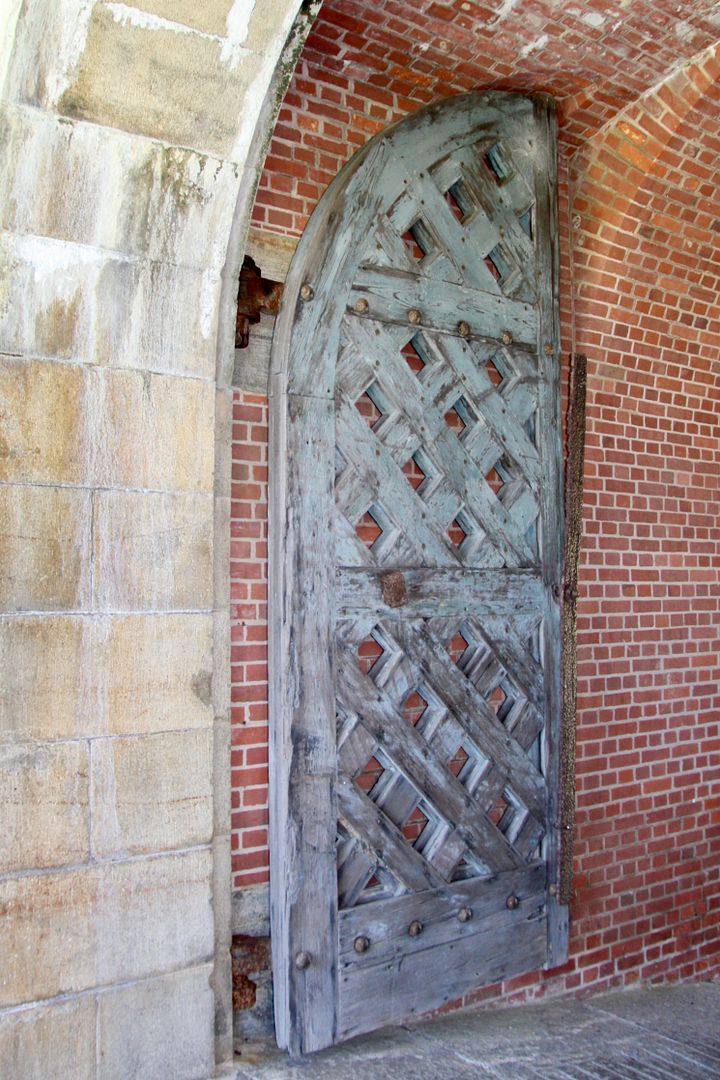


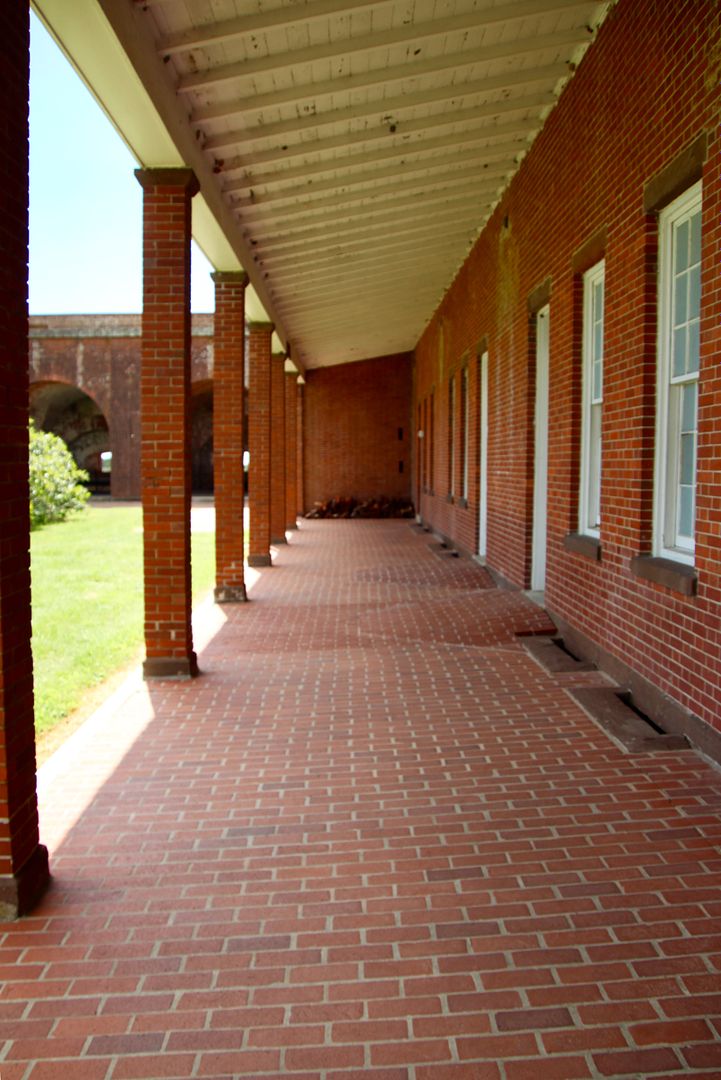
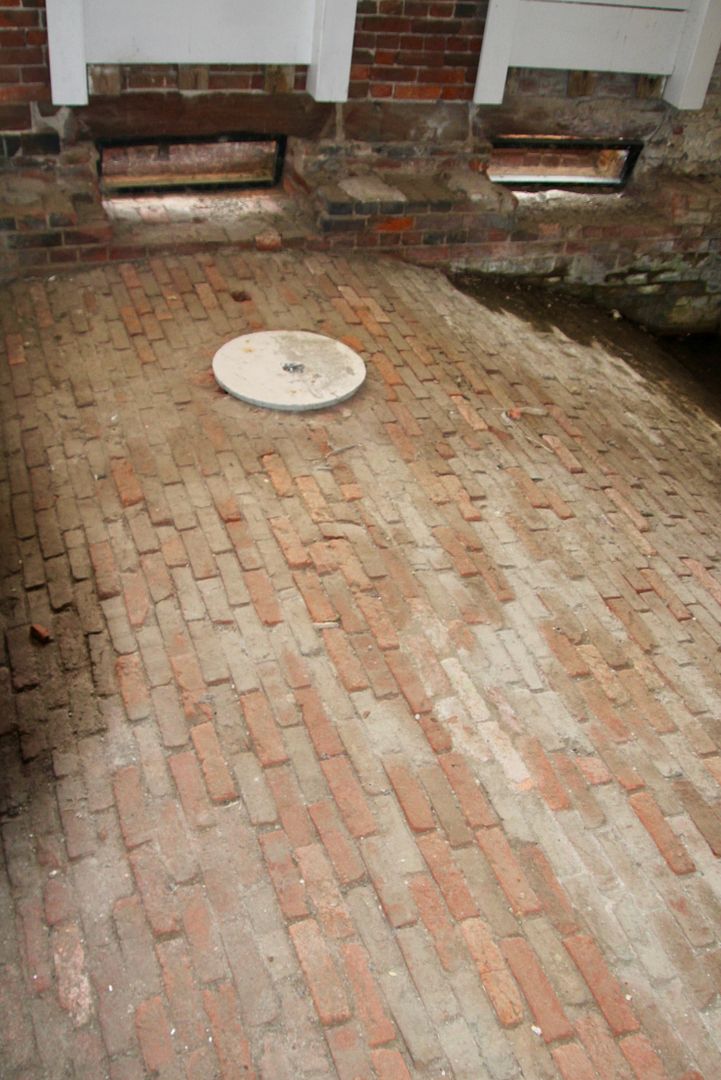
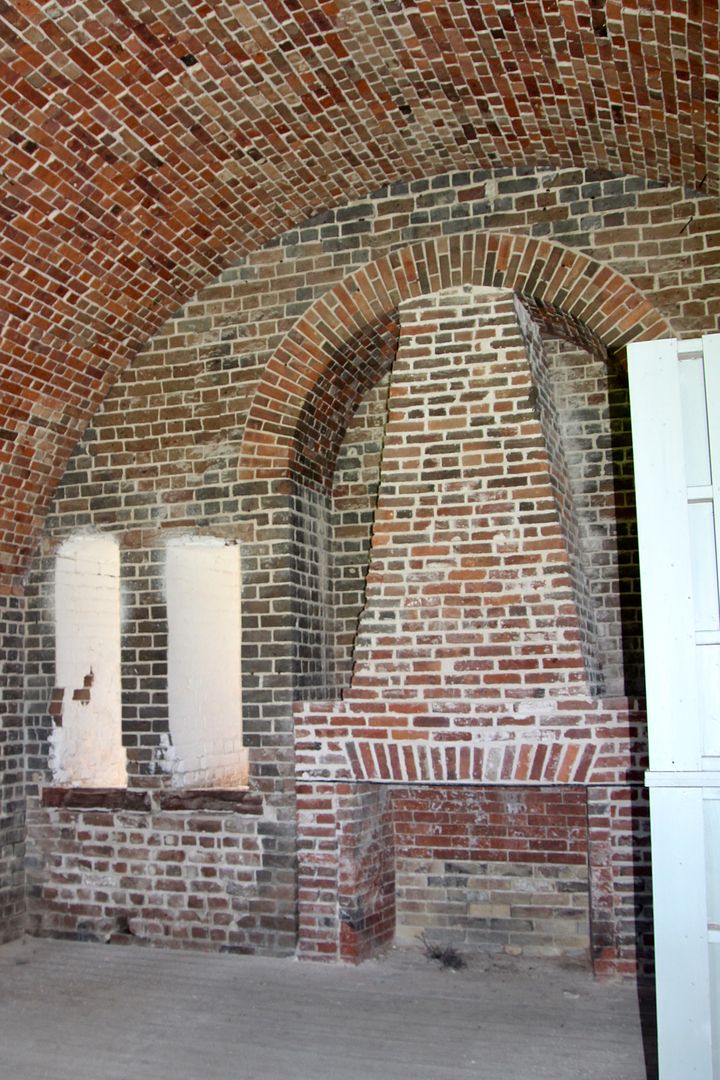

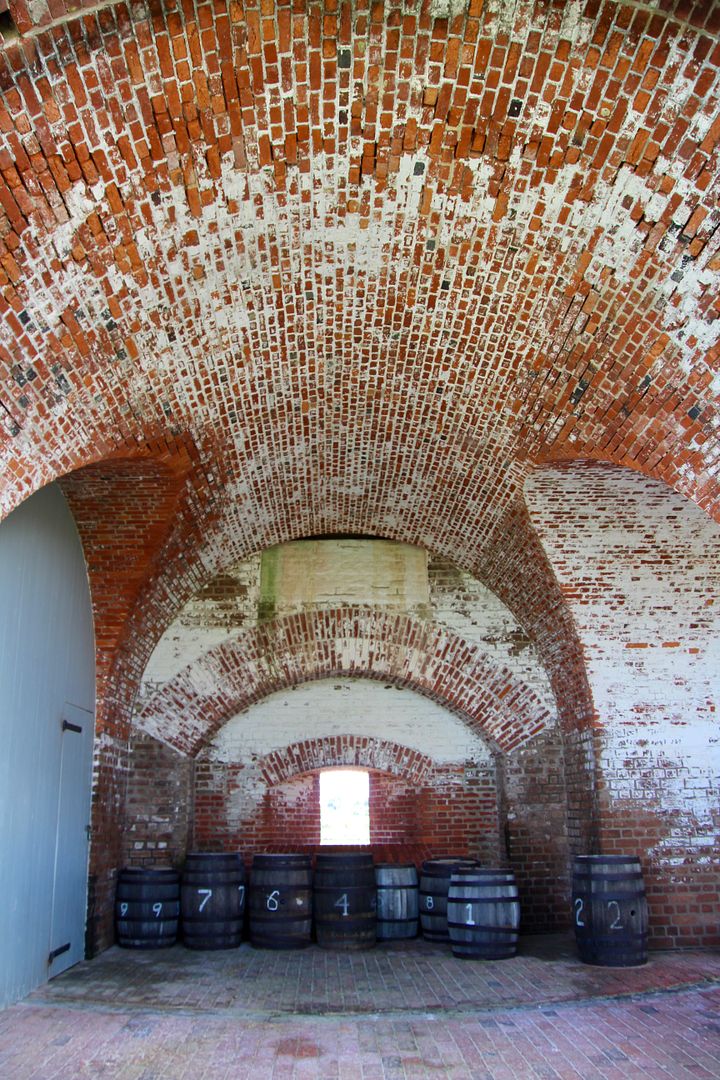
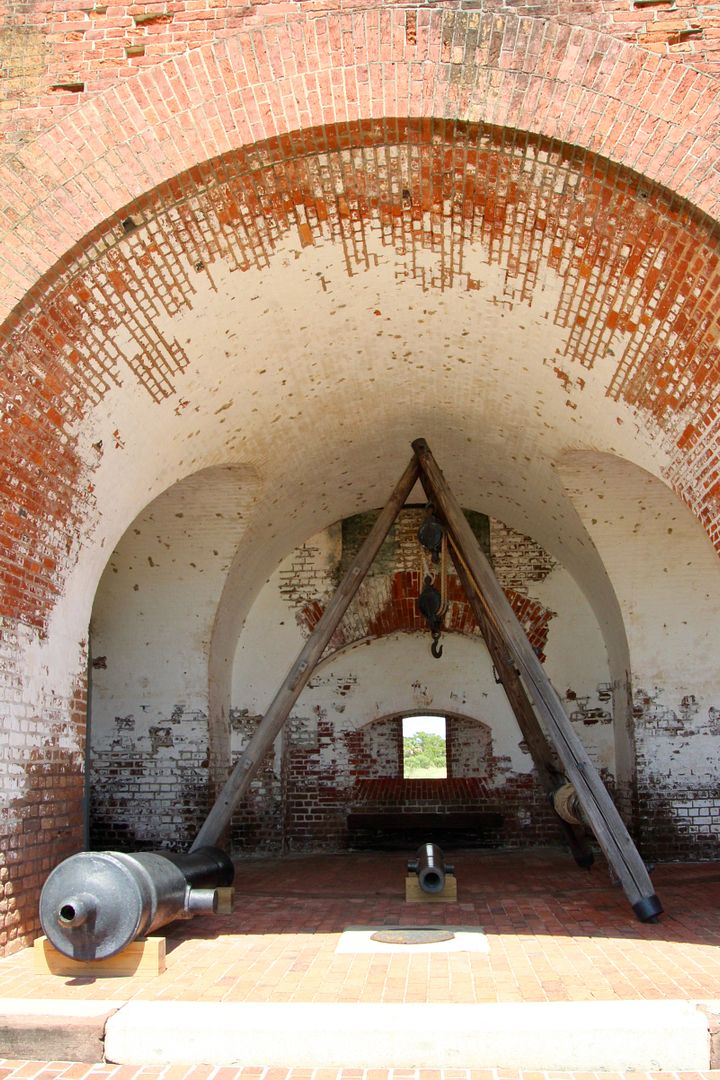
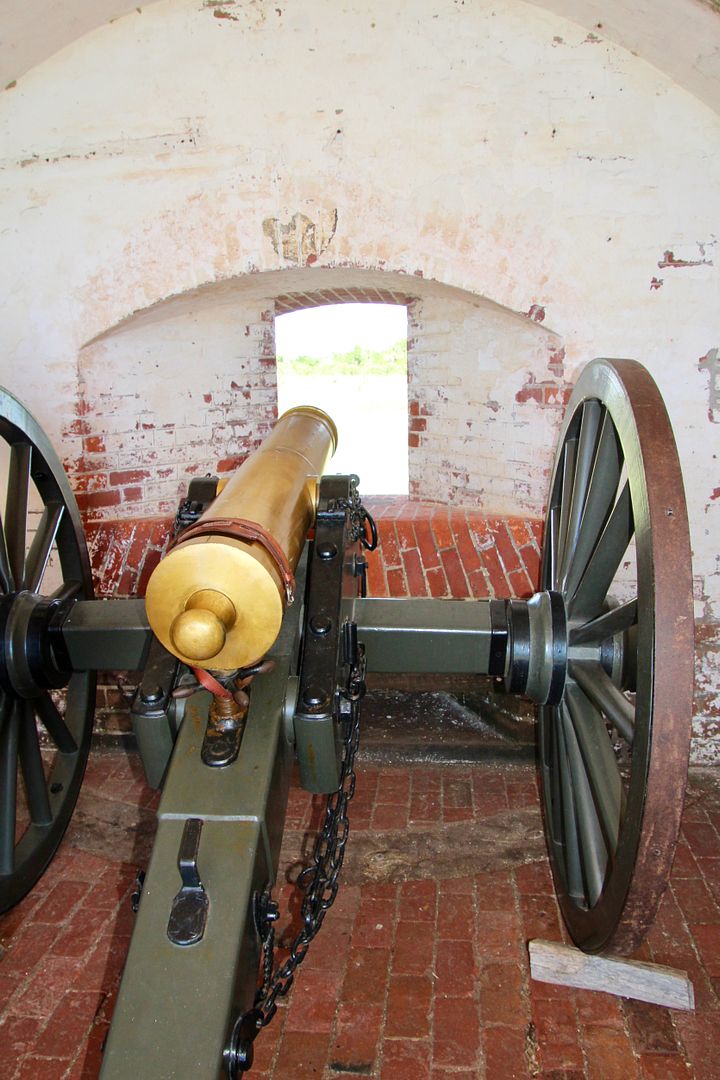
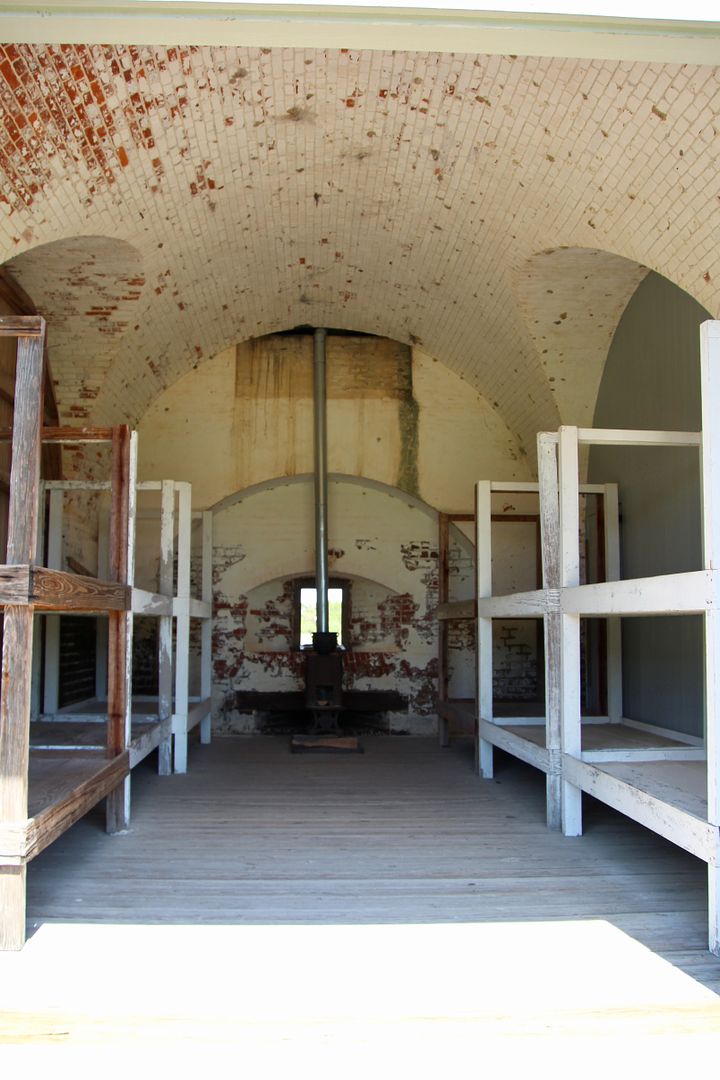
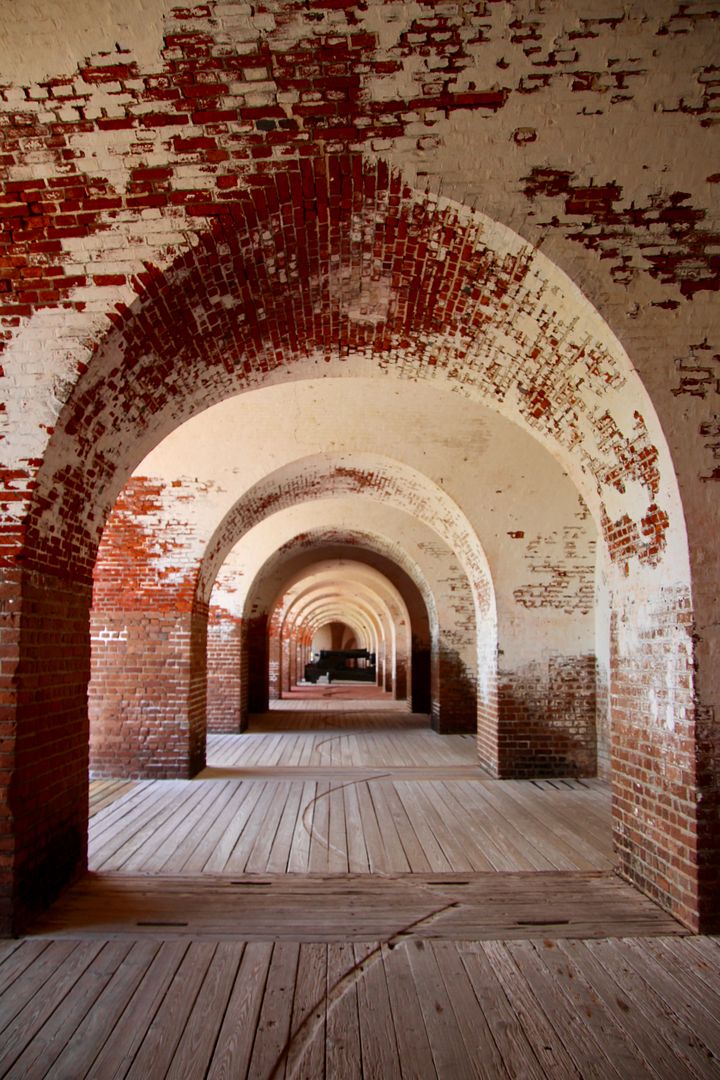

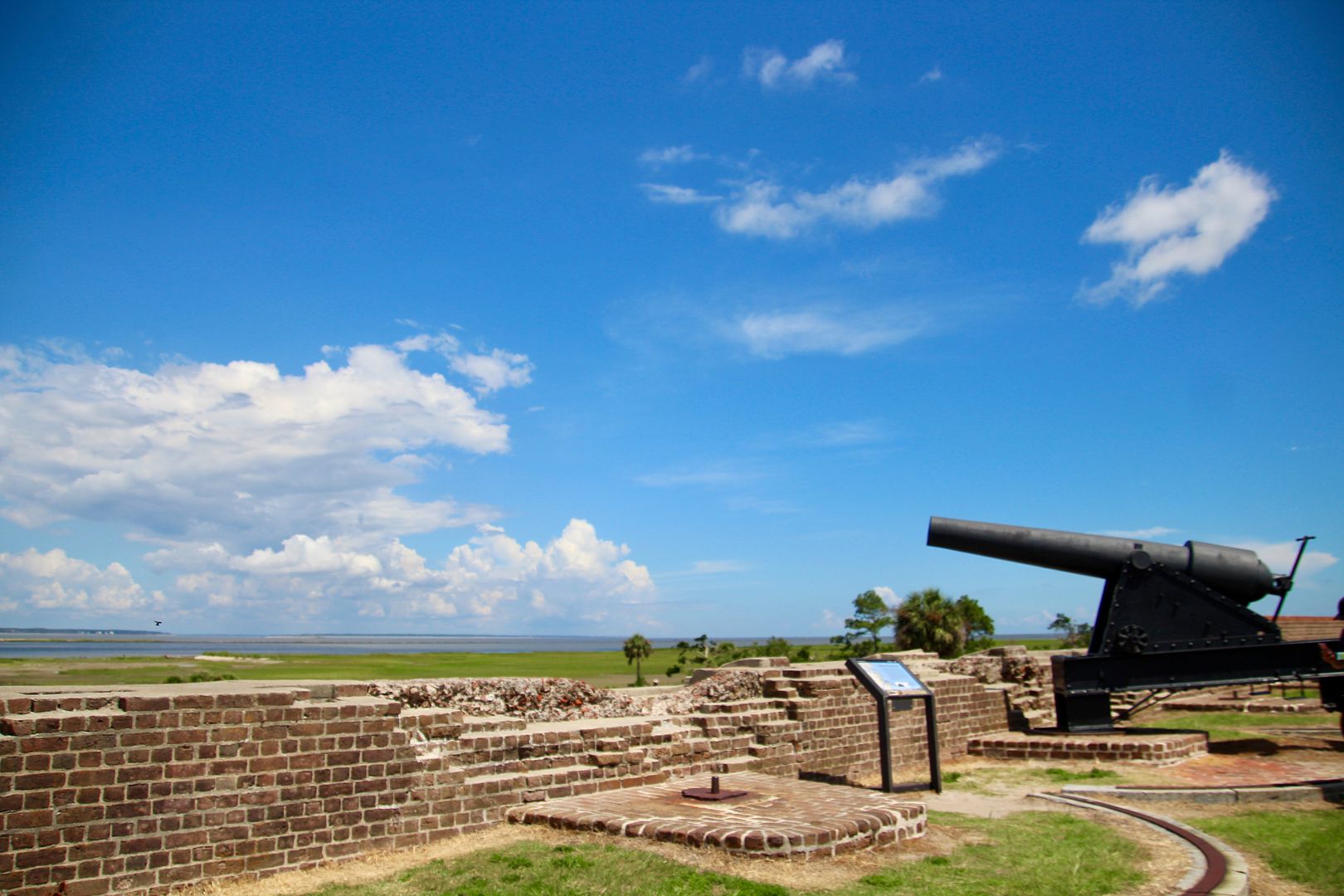
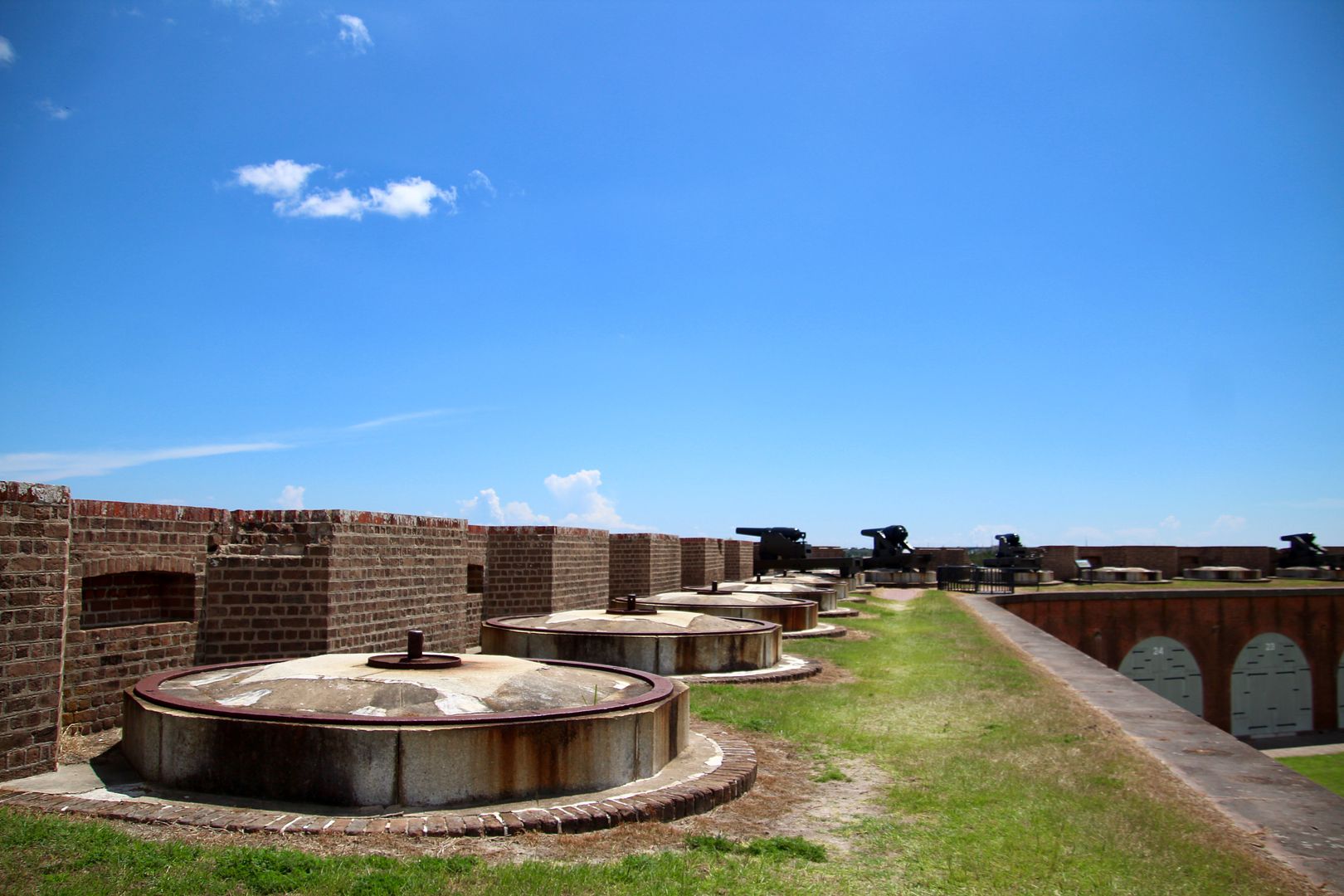
No comments:
Post a Comment